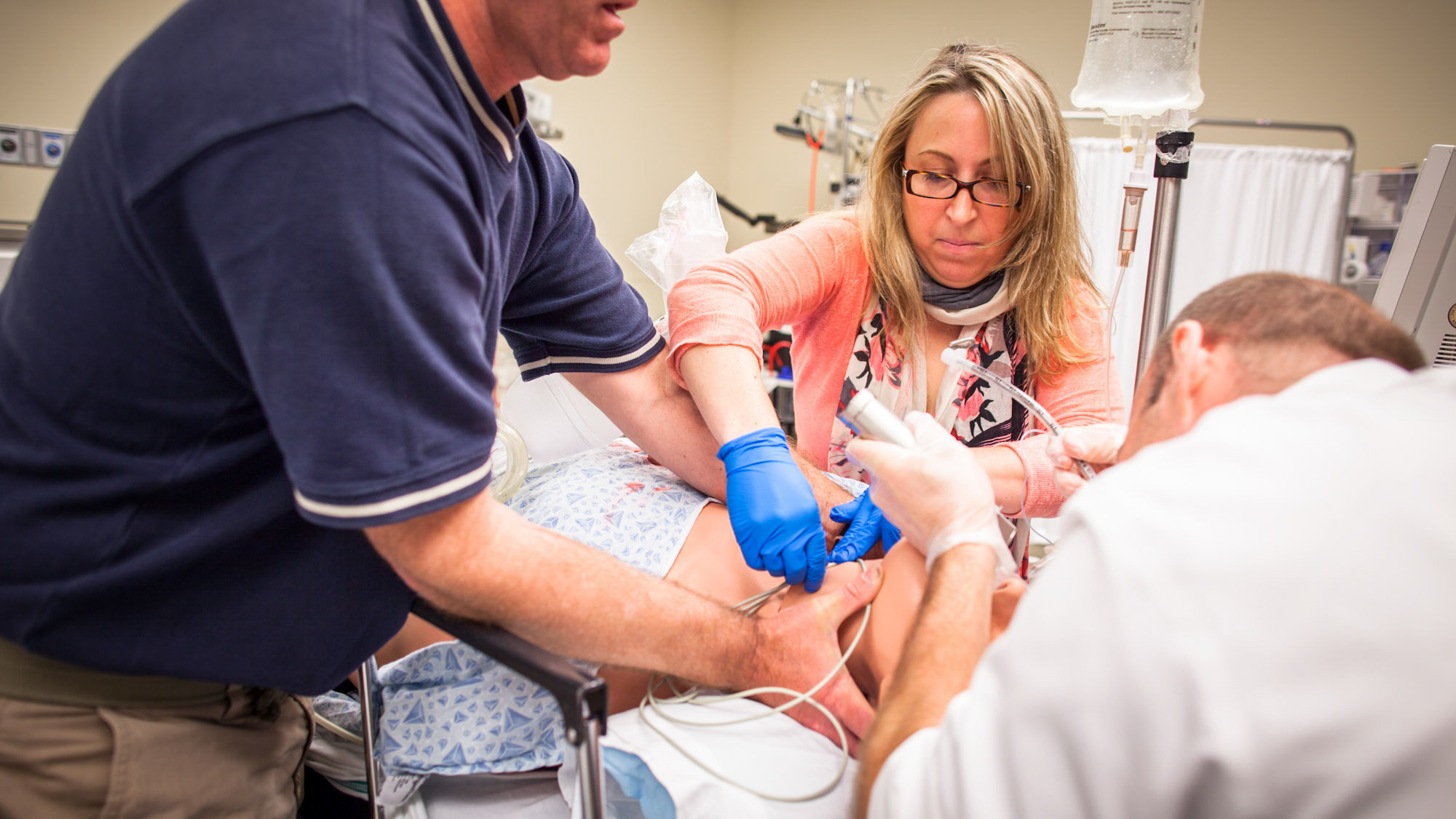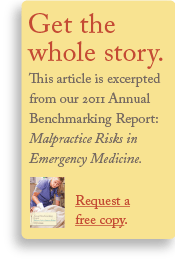Article
Simulation-based ED Team Training

After CRICO and CRICO Strategies convened Emergency Medicine leaders to address key risks in the ED, they determined that information gaps and lack of communication among providers played a key role in their malpractice cases. With a focus on optimizing communication between physicians and nurses, the ED collaborative recommended a curriculum based on actual malpractice case scenarios. In response, CRICO developed—and gained board funding for—a high-fidelity simulation training program to enhance communication skills and team behaviors within its insured organizations’ EDs.
Using multiple scenarios that simulate an active ED setting, including an unstable patient at triage, a patient with deterioration in the ED, patients with abnormalities not addressed at discharge, and patient handoffs, the curriculum is designed to improve providers’ ability to:
- recognize barriers to gathering and integrating complete information;
- use a designated method (e.g., SBAR, IPASS) for receiving and transferring complete information; and
- lower the barriers for speaking up, by consistent use of agreed upon communication prompts, (e.g., triggers to identify and respond to unstable patients, physician-nurse huddles, and discharge timeouts with reconciliation of abnormal vital signs).
The Emergency Medicine Team Communication Training Program has reached more than 1,500 ED personnel across the CRICO system, providing tools and enhancing skills to improve the communications that are critical to keeping ED patients safe.
This page is an excerpt of the full Candello report: Malpractice Risks in the Emergency Department.
ED Benchmarking Report Landing Page
Related Articles
Long Surgery, Consent Faulted in Blindness

CRICO OR Team Training Program with Simulation


